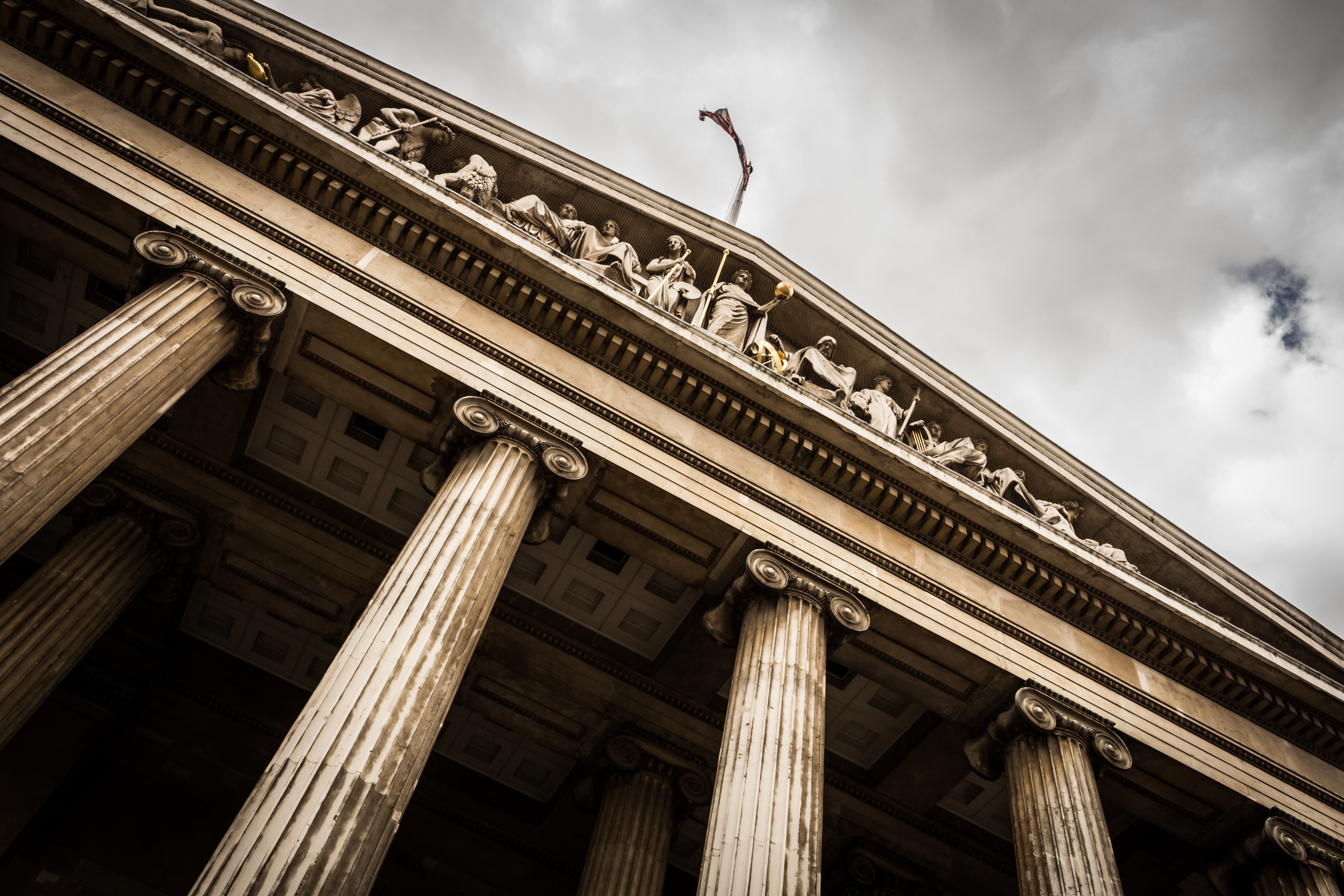Introduction
China first introduced Punitive Damages in the 2013 amendment to the Trademark Law, which determines the amount of damages for serious infringement of the exclusive right of trademark at a rate of more than double or less than three times the amount of damages already determined. The amount of punitive damages had since been increased to more than double and less than five times the amount of damages already determined in 2019. The Civil Code, which came into force in January 2021, explicitly provides that the infringed party has the right to request punitive damages. In March 2021, the Supreme People’s Court of China issued the Interpretation on the Application of Punitive Damages in the Trial of Civil Cases of Infringement of Intellectual Property Rights, which further clarifies how to apply punitive damages. This article will briefly analyze punitive damages against trademark infringement to help enterprises better protect their trademark rights and interests.
Punitive damages against trademark infringement
Punitive damages against trademark infringement refers to a situation when the infringer is subjectively “intentional” and objectively infringes the exclusive right of the trademark owner to the extent of “seriousness”, the trademark right holder may file a request for punitive damages and apply to the court to exert the damages in order to punish the infringer for the infringement.
1. The premise of the application of punitive damages
(1) Adhere to “no trial without claim”. The right holder in the lawsuit needs to clearly take the initiative in putting forward the application of punitive damages, that is, if the infringer intentionally infringed the trademark rights enjoyed by the right holder and the circumstances are serious, and the right holder requests to order the infringer to bear punitive damages, the court should then examine in accordance with the law, otherwise the court will not take the initiative to apply.
(2) Time limit for application. If the plaintiff includes the request for punitive damages before the end of the debate during the hearing in the first instance, the court shall grant it; if the plaintiff includes the request for punitive damages in the second instance, the court may conduct mediation according to the principle of voluntariness of the parties, and if the mediation fails, the parties shall sue separately.
2. The applicable requirements of punitive damages
(1) Intent: The trademark infringer shall constitute “intent” subjectively. According to the judicial interpretation of the Supreme People’s Court of China, the determination of “intent” shall take into account the type of infringed rights, the status of the rights and the popularity of the relevant products, the relationship between the defendant and the plaintiff or the interested party, including the following circumstances: the infringement continues after the right holder or the interested party issued notice or warning; whether based on a specific relationship (labor, service, cooperation, licensing, distribution, agency, representation, business consultation, etc.) to have been in contact with the infringed rights, committing piracy, counterfeiting trademarks, etc.
(2) Seriousness of infringement: Objectively, the infringement of the exclusive right of the trademark owner shall reach the extent of “serious circumstances”. According to the judicial interpretation of the Supreme People’s Court of China, the determination of “serious circumstances” shall take into account the means and timing of infringement, the duration, geographical scope, scale and consequences of the infringement, and the conduct of the infringer in the litigation. For example, after being administratively punished for infringement or being held accountable by the court, the infringer again commits an infringement, or infringes intellectual property rights as a business; falsifies, destroys or conceals evidence of infringement, and makes huge profits from infringement.
3. Determination of the amount of punitive damages
When determining the amount of punitive damages, the court shall take the actual loss of the right holder, the amount of illegal income of the infringer or the benefit gained from the infringement as the basis for calculation, and shall not include the reasonable expenses paid by the right holder to stop the infringement. If it is difficult to calculate the actual loss, the amount of illegal income or the benefit gained from infringement, the amount of punitive damages shall be reasonably determined with reference to multiples of the license fee of the trademark right and taken as the base for calculation of the amount of punitive damages. After the calculation base has been determined, the amount of compensation shall be resolved at the discretion of the court within the range of “more than one times and less than five times”.
Conclusion
In recent years, in order to strengthen protection against trademark infringement and safeguard the legitimate rights and interests of trademark right holders, China has continuously explored punitive damages for trademark infringement at both legislative and judicial levels, gradually clarified the conditions for the application of the punitive damages, and provided enterprises with legal remedies to combat trademark infringement. From the perspective of enterprises, they shall strengthen brand management and maintenance and enhance the awareness of trademark rights; when facing trademark infringement, they should actively collect evidence and request for punitive damages to curb trademark infringement and safeguard the legitimate rights and interests of trademark right holders.
If you have any questions or would like to know more information about trademark protection in China, please feel free to send an email to info@dandreapartners.com.



